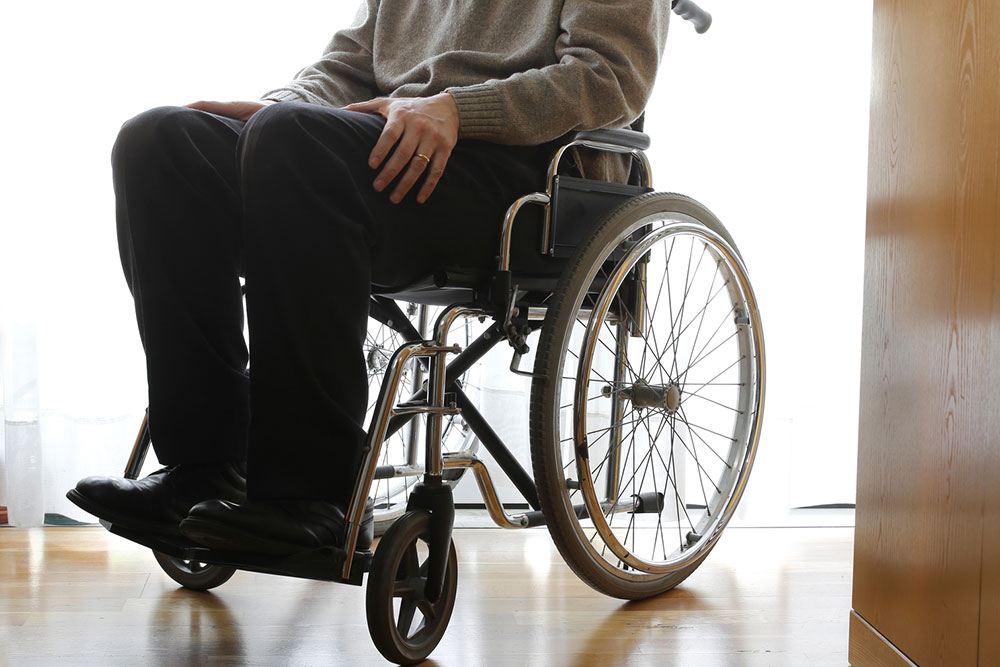
Duchenne Muscular Dystrophy – Symptoms and diagnosis
Duchenne-type muscular dystrophy (DMD) is a rare genetic disorder primarily affecting young boys. This progressive and debilitating condition gradually weakens muscles, leading to severe disability and a shortened lifespan. In most cases, this condition is passed down to males in the family. While the children can grow up normally in the initial stages, the signs can appear suddenly. Hence, this article delves into DMD, its symptoms, diagnosis, and treatment.
What is Duchenne-Type Muscular Dystrophy (DMD)?
Duchenne-type muscular dystrophy is a genetic disorder that primarily affects muscle function. It is one of the most common forms of muscular dystrophy, with an estimated incidence of 1 in 3,600 male births.
DMD is caused by mutations in the dystrophin gene located on the X chromosome. This results in the absence or deficiency of the dystrophin protein. Dystrophin plays a crucial role in maintaining the structural integrity of muscle fibers. So, its absence leads to muscle degeneration and weakness.
What are the symptoms of DMD?
The onset of symptoms in DMD typically occurs during early childhood, usually between the ages of 2 and 5. Common signs and symptoms of DMD include:
Muscle weakness
Initially, children may display difficulty in activities that require muscle strength, such as climbing stairs or standing up from the floor.
Delayed motor milestones
Children with DMD may exhibit delayed motor development, such as walking later than expected.
Frequent falling
Due to muscle weakness, affected children may fall frequently and have trouble maintaining balance.
Progressive muscle degeneration
Over time, muscle weakness becomes more pronounced and widespread, affecting the arms, legs, heart, and respiratory muscles.
Enlarged calves
Some children with DMD may develop enlarged calf muscles, a condition known as calf pseudohypertrophy, due to the accumulation of fat and connective tissue.
Breathing difficulties
As DMD progresses, respiratory muscles become affected, leading to breathing difficulties, especially during sleep.
How is DMD diagnosed?
The diagnosis of DMD generally unfolds as follows:
Clinical assessment
Physicians will conduct a thorough medical history and physical examination, focusing on motor milestones and muscle weakness.
Blood tests
Blood tests can identify elevated creatine kinase levels, an enzyme released when muscles are damaged.
Genetic testing
A genetic test, such as DNA sequencing or multiplex ligation-dependent probe amplification (MLPA), can confirm the presence of mutations in the dystrophin gene.
Muscle biopsy
In some cases, a muscle biopsy may be performed to examine muscle tissue under a microscope, which can reveal the characteristic muscle fiber damage seen in DMD.
How is DMD treated?
The treatment of DMD can include:
Physical therapy
Physical therapy helps maintain muscle strength, flexibility, and function. Here, exercises are tailored to individual needs.
Assistive devices
Mobility aids, braces, and wheelchairs may be recommended as muscle weakness progresses to help maintain mobility and independence.
Respiratory support
Individuals may require mechanical or non-invasive ventilation to support breathing as respiratory muscles weaken.


